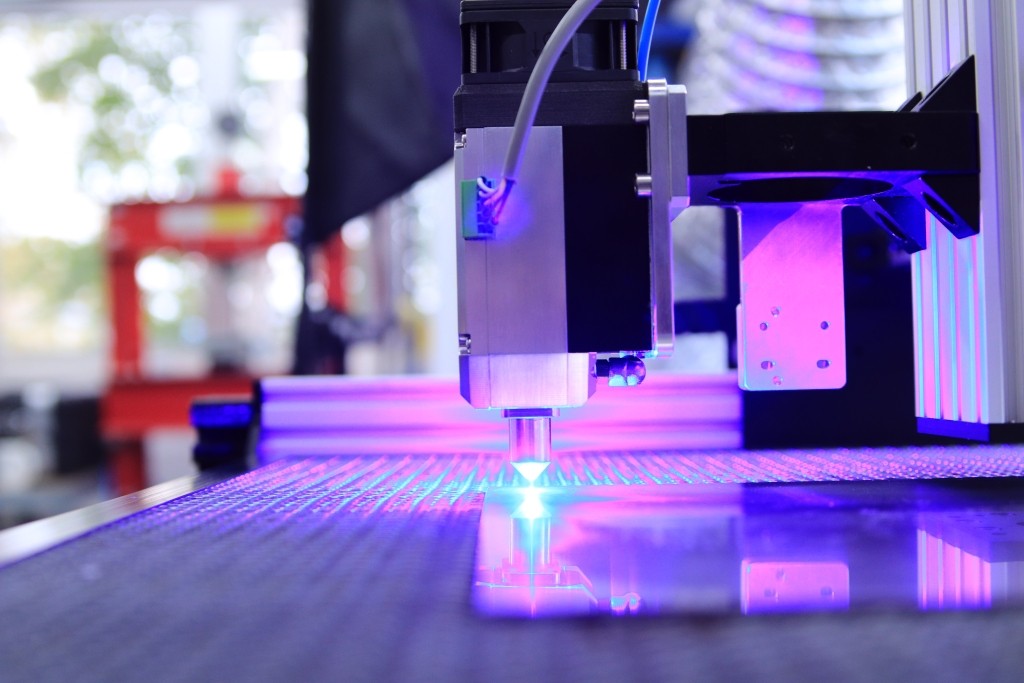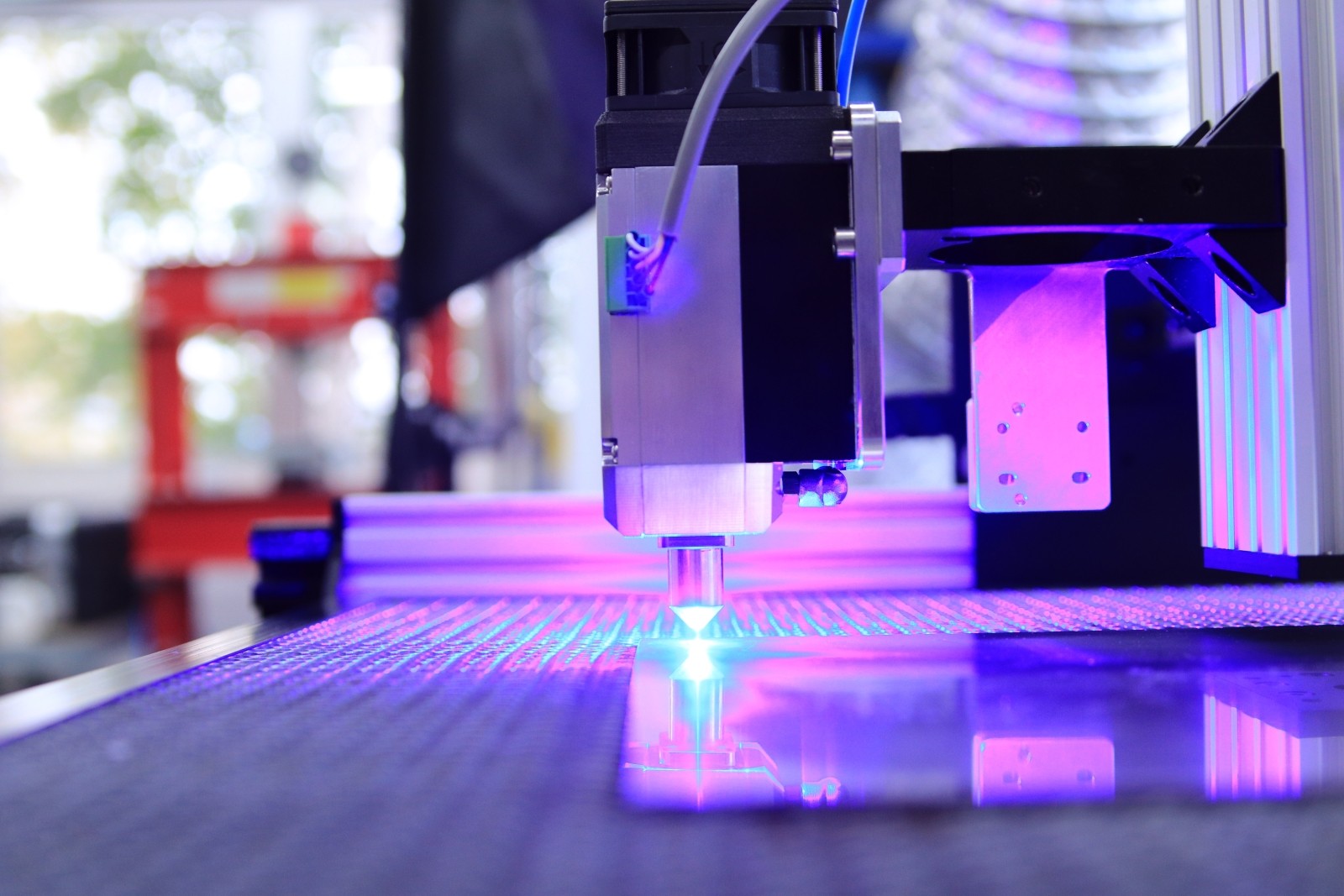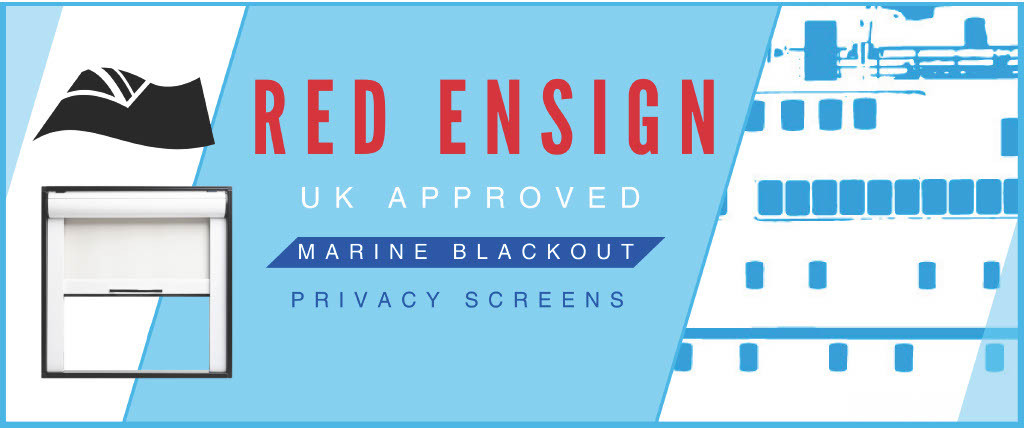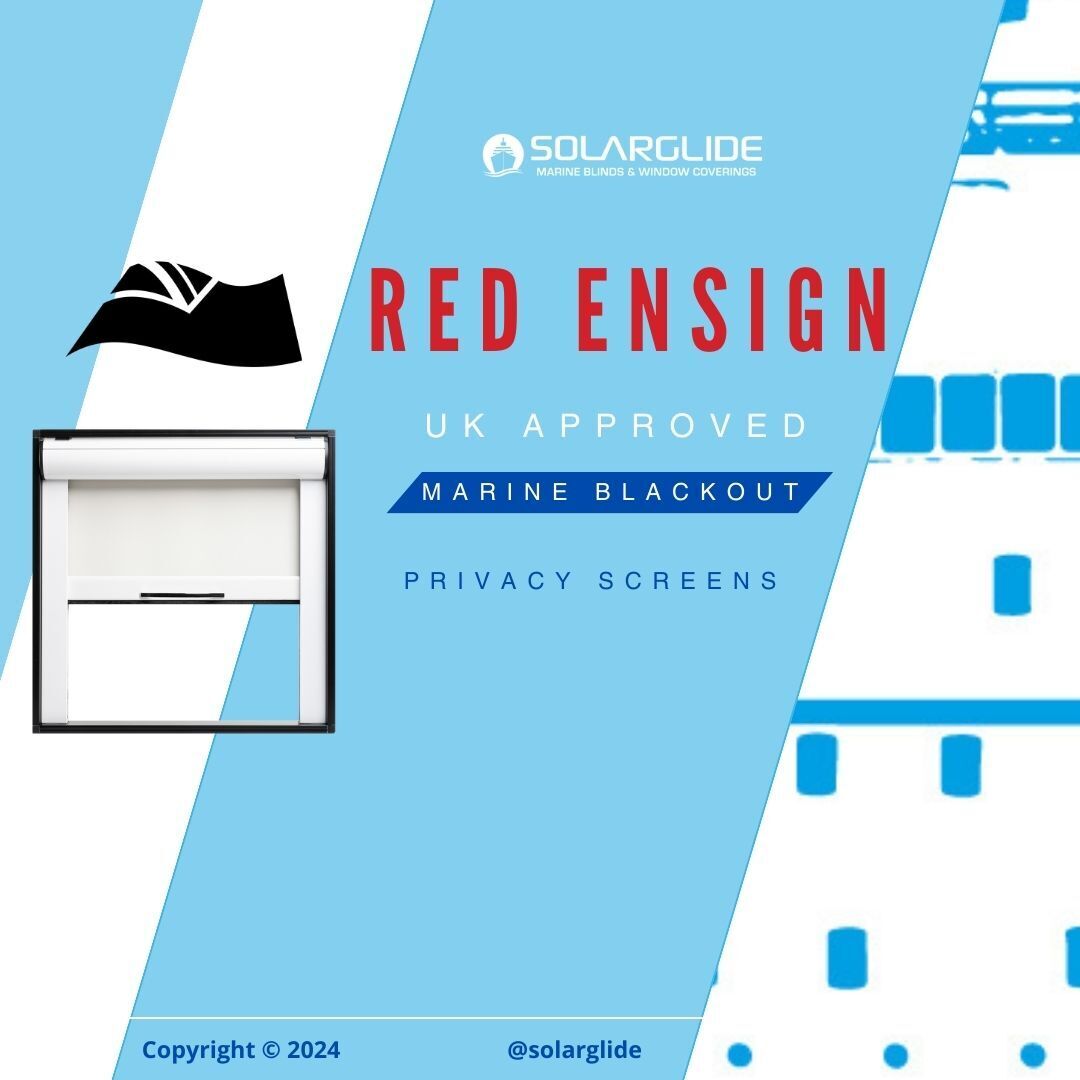The introduction of 3D printing technology has improved our manufacturing process, it has allowed us to push the creative boundaries and enable us to tackle difficult and complex projects.

The introduction of 3D printing technology has improved our manufacturing process, it has allowed us to push the creative boundaries and enable us to tackle difficult and complex projects.
We use 3D printing technology on ABS and PLA plastics. These plastics are both strong and durable, essential qualities for the maritime sector.
With the introduction of new technology it was important that our staff were trained to understand the software and processes that 3D printing requires. Our staff are trained to deliver high quality 3D products, this has allowed us to explore new possibilities.
How does it work?
3D printing is a process in which a digital file is used to create a three-dimensional solid object. During the process, sequential layers of material are laid down by the ‘3D printer’ until the creation of the object is completed. It’s truly fascinating to watch. We have three machines that are working around the clock to fulfil blind projects for our clients.
The benefits
The benefits include rapid prototyping, print on demand, minimal waste, and complete design control. We found 3D printing particularly effective during the pandemic when it was extremely difficult to get hold of blinds parts due to lockdowns and supply issues. Our 3D printers allowed our deliveries to continue without delay during this period.
3D printing within Solarglide
As a manufacturer and international installer, 3D printing has helped us create new prototypes for products, develop bespoke internal parts for blinds systems and to create additional parts to assist with difficult or awkward installations. The introduction of 3D printing has reduced time and energy allowing our team to focus on other areas of the business.
So, what is 3D printing?
3D printing is a method of creating a three dimensional object layer-by-layer using a computer created design. 1 3D printing is an additive process whereby layers of material are built up to create a 3D part. This is the opposite of subtractive manufacturing which is cutting out / hollowing out a piece of metal or plastic with for instance a milling machine. It enables you to produce complex shapes using less material than traditional manufacturing methods.





